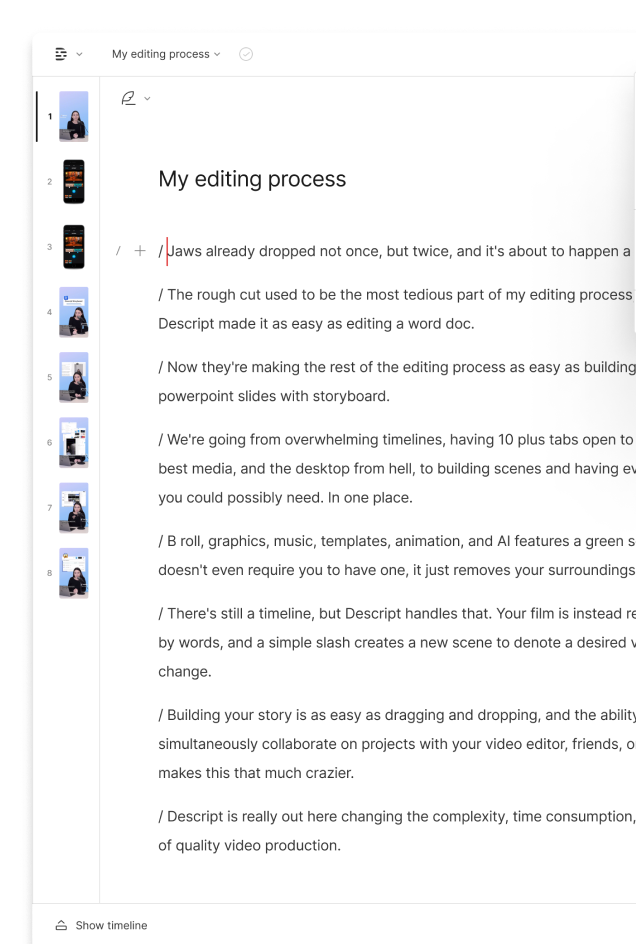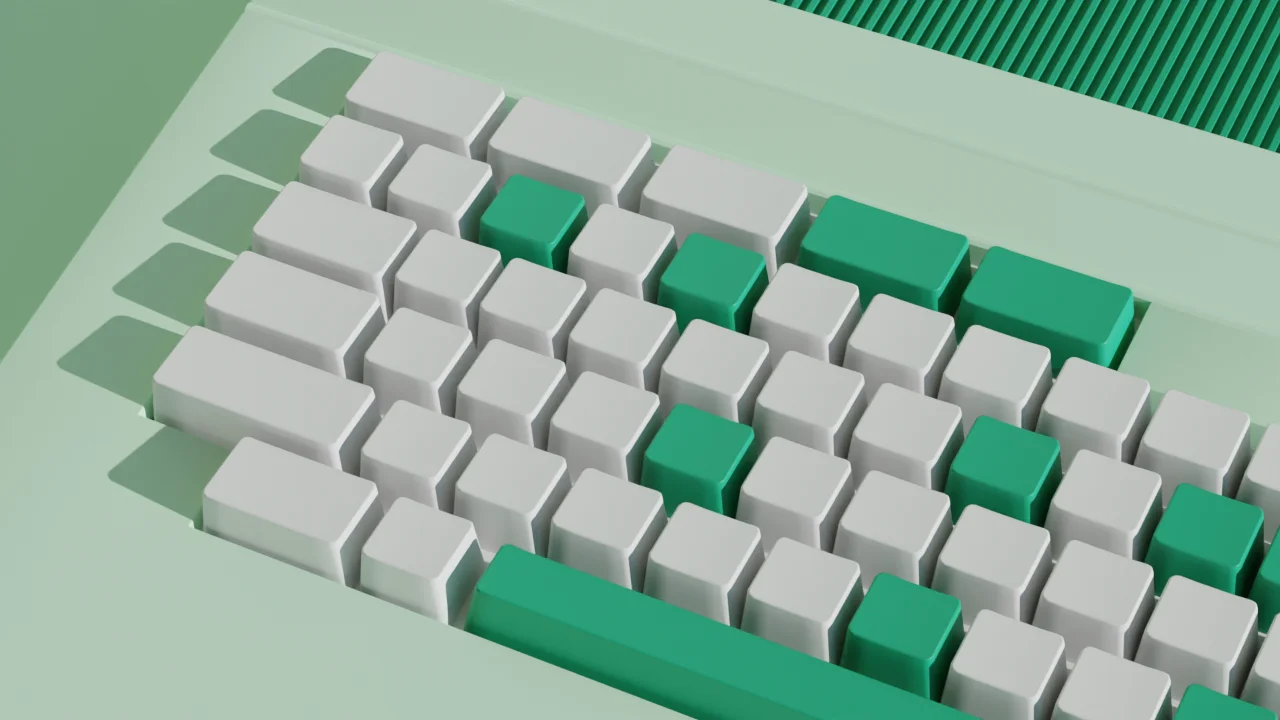What type of content do you primarily create?




Video creators already know the value of video over a still photograph — a photo might provide an instant in time, but video immerses you in the scene, letting you see the action, hear the sound, and even feel the emotions (especially with the right soundtrack). Compare the two, and it might seem silly to consider using a still image in your video project. But we’re here to tell you that using a still image isn’t just an option — it’s a great option.
“But why?” you might ask. Let’s zoom out for a second. Yes, video immerses you in the action, but let’s say you want to single out a moment in that action, stopping the flow for a moment. You hit pause on one of thousands of frames. In that moment, the video vanishes, and what you’re left with is a still picture devoid of movement. You begin to notice the light, the scene, the shapes, the emotion behind someone’s eyes. You wouldn't have noticed these things had you not frozen time and let your eyes contour over that single frame.
Freezing time within a moving image is a powerful thing. There are many ways you can use still photography in your next video project, from practical uses that might just save you in your edit to purposeful stylization techniques. But above all, it’s just another string in your creative bow, and it’s a string that isn’t used enough in video production.
Here, we’ll unpack a number of reasons why you should work with still photographs in your next video project. We’ll also give you a helping hand when it comes to selecting still photographs for your project. Thinking like a photographer can be incredibly helpful when shaping moving image narratives, so whatever you take away from this, we’re excited to share our ideas with you, and help you execute them.
Sometimes, it’s a matter of being practical
You’re in the editing suite (aka the dining room, sofa, or wherever you do your editing), you’ve automatically transcribed your central character’s interview with Descript (because you’re a legend), and you’ve cut your interview to be word friggin’ perfect. But you really had to chop things up to get to a place of audio perfection, and you don’t have enough B-roll to cover up your choppy interview clips. We’ve all been there.
Listen back through the interview. Did your interviewee reminisce over childhood? Did they reference an event in the past? Did they talk about a place, or a person? These are perfect opportunities for inserting a still photograph or two into your timeline. Ask your interviewee for a few pictures from their family album, check out Descript’s stock media library, or Google that place or event they spoke about. (Always make sure you have permission from the copyright holder before using a photo from the internet.)
Old still photographs do a really good job of pulling us back in time. Not just the content of the photos — old hairstyles, fashion, architecture — but the quality of the photo itself. Similarly, an image of a news story or past event is a great way to transport your audience to a particular time and place, while potentially saving your butt behind the scenes.
But here’s where it gets interesting. Sure, you can use still photographs to save the day, but you can also use still photographs with intention, to punctuate your videos, or transition between themes, for example. How about replacing your next fade out or graphic slide with a still photograph to tell the audience something different is about to happen? Try choosing one style of photograph: a detail, landscape, or object, something that will inject personality into your project.
Think about timing
Unlike video, which moves in real time, audiences read photographs the same way they read words. For that reason, give your photographs time to breathe.
It’s like when subtitles are cut too quickly and you miss what someone said. You can easily make the same mistake with a photograph — think of it like a language.
As a video creator that’s made the choice to work with still photography, you’re in a unique position to determine the amount of time your audience engages with a single image. Of course, you’ll mostly want to go with what “feels right”, which will depend on the pace and flow of your video.
A burst of still images is a great way to convey movement while adding some drama to your video. Imagine any crime movie when a character gets photographed by a secret agent from a car window — snap, snap, snap. Gotcha!
You can also choose to cut in a still for a split second, giving the feel of a flashback scenario Pair that split second flashback with a dominant beat in your soundtrack and you quickly turn pretty great into pretty damn great. Timing your stills to music, whether on or off the beat, is where you can have a lot of fun.
Tips for choosing the right stills
The first thing to remember when choosing still photographs for your video is that you probably want the photograph to match your video’s aspect ratio, most commonly 16:9 — the standard international format for HDTV. Photographs are typically 2:3. So whether you’re making or selecting still photographs for your project, remember the video frame will be narrower than your photograph, so you’ll need to either shoot wider or crop in post.
That doesn’t mean you can’t get creative and place your uncropped stills within the video frame. You see this a lot in documentaries, especially for displaying photos, documents, or social media clips that might be in portrait orientation.
You can also add movement to your still photographs using the Ken Burns effect. It’s when you pan or zoom in or across an image to draw your viewer towards something. It’s a popular effect for still photographs because it makes them feel more like a video. (You can learn how to do that in Descript here).
There are many ways still photography can help elevate your video project. From slowing your audience down, to drawing them in, to taking them back in time, photographs are a visual medium with a ton of potential.












































%20(1).JPG)






